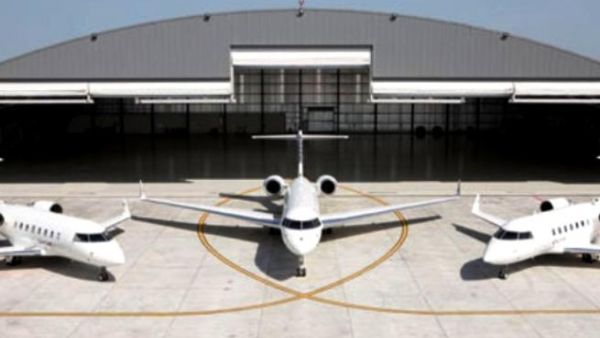European aircraft maker Airbus said resilience in regional air traffic would prompt Middle Eastern carriers to buy 1,882 aircraft by 2030, an increase of 192 from its early estimate a year ago.
The global demand for new aircraft also would rise to 27,848 worth $3.5 trillion over the next 20 years, up by more than 2,000 planes against its figure of 25,844 last year, Airbus said its latest global market forecast, covering 2011-30. The projected new global demand includes 26,921 new passenger aircraft and 927 new freighters. This will take the global passenger fleet from 15,002 to 31,424 by 2030.
The Middle East region, accounting for 6.8 percent of the new aircraft demand until 2030, will also witness a 5.9 percent average growth in revenue passenger kilometers — the number of people boarding planes adjusted for the distance flown — as against the global average of 4.8 percent per year, which is equivalent to traffic more than doubling in the next 20 years, Airbus said.
The region’s air transportation will also facilitate more than 600,000 jobs in tourism sector and would contribute $12 billion to the overall Middle Eastern gross domestic product, Airbus said in its forecast sent to Khaleej Times. The more upbeat outlook for the world aviation industry comes close on the heels of a report on Monday by the International Air Transport Association showing the number of premium travellers carried by airlines in July rising by 7.5 percent compared with the same to month last year.
Airbus rival, Boeing recently predicted that airlines around the world would need 30,900 new airplanes through 2029, valued at $3.6 trillion. Carriers in the Middle East will spend $390 billion by 2029 to buy 2,340 new aircraft, which is an increase of 150 percent, to keep pace with an average of 7.1 percent annual growth in air traffic, Boeing said.
Habib Fekih, Airbus president for Middle East, has predicted that Airbus would exceed its forecast for orders from the Middle East and North Africa region this year, helped by deals to be finalised at the Dubai Air Show in November. Airbus, which had expected orders for 90 planes, will end the year with a “triple-digit order book,” Fekih was quoted as saying. Airlines in the Middle East account for about 9.5 percent of Airbus’s orders, making it a key market for the plane maker. According to Airbus, of the 27,800 new aircraft deliveries, 10,500 would be for replacing older less fuel-efficient aircraft.
John Leahy, Airbus Chief Operating Officer Customers, said factors driving demand for new aircraft include growth of low cost airlines, population surge, greater urbanisation and a more than doubling in the number of mega cities to 87 from today’s 39 by 2030.
Asia-Pacific will account for 34 percent of demand, followed by Europe (22 percent) and North America (22 percent). In passenger traffic, Asia-Pacific will account for 33 percent, followed by Europe (23 percent) and North America (20 percent). In terms of passenger traffic on domestic markets, India (9.8 percent) and China (7.2 percent) will have the fastest growth rates.
Demand for very large aircraft seating more than 400 passengers has risen to 1,781 aircraft valued at $600 billion. In the twin-aisle aircraft segment (seating from 250 to 400 passengers), some 6,900 new passenger and freighter aircraft valued at some $1.5 trillion will be delivered by 2030. In the single-aisle segment, nearly 19,200 aircraft worth some $1.4 trillion or 40 percent share by value will be delivered.








